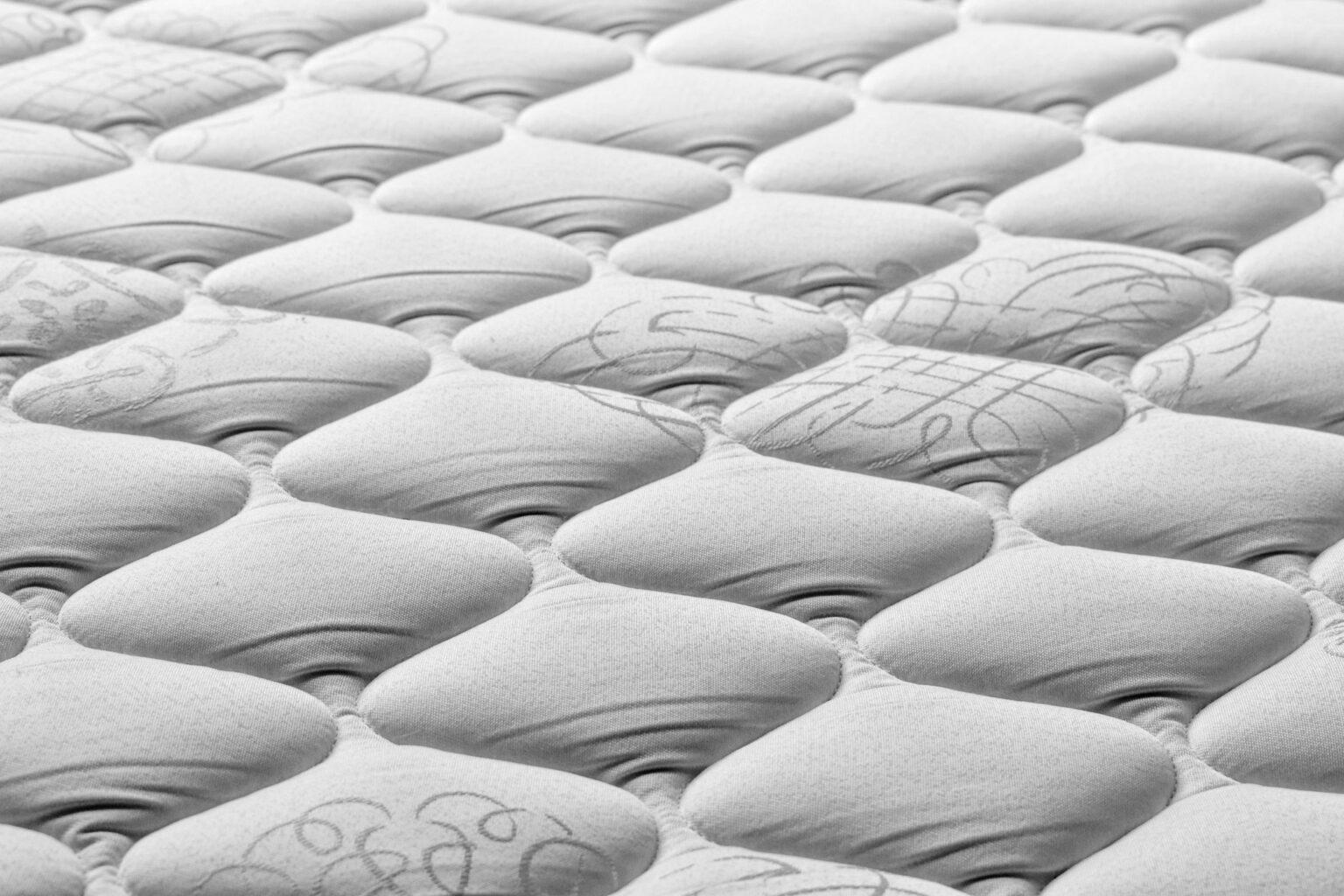Quality sleep is crucial for overall well-being, and one often overlooked aspect is maintaining an optimal sleep temperature. The comfort of a cool sleeping environment can significantly impact the quality of our rest, influencing everything from our mood to cognitive function.
Research indicates that temperature plays a pivotal role in sleep quality. Our body naturally undergoes changes in temperature during the sleep cycle, and external factors can either facilitate or hinder this process. Balancing the right sleep temperature enhances the body’s ability to transition through sleep stages smoothly.
This article delves into the realm of mattress selection as a key factor in achieving a cooler and more refreshing night’s rest. We’ll explore various aspects of mattresses and how they contribute to temperature regulation, aiding in creating an optimal sleep environment.
Factors Affecting Sleep Temperature
External Factors
- Room Temperature: The ambient temperature of your sleep environment sets the foundation for a comfortable night’s sleep. We’ll discuss the ideal room temperature and how it can be adjusted to suit individual preferences for a cooler sleep experience.
- Bedding Materials: The materials used in your bedding, from sheets to duvets, can impact heat retention. We’ll explore breathable fabrics and their role in promoting airflow, contributing to a cooler and more comfortable sleep surface.
Internal Factors
- Body Temperature Regulation: Our bodies naturally regulate temperature, but certain factors can influence this process during sleep. We’ll look at how mattress materials and designs can either support or hinder the body’s natural cooling mechanisms.
- Personal Preferences: Each person’s perception of an ideal sleep temperature varies. Some prefer a cooler environment, while others lean towards warmth. Understanding personal preferences is key to selecting a mattress that aligns with individual comfort needs.
The Role of Mattresses in Cooling
Importance of Mattress Materials
- Breathability: The choice of mattress materials significantly impacts its breathability. We’ll explore how certain materials allow for better airflow, preventing heat from becoming trapped and ensuring a cooler sleep surface. Sweetnight is one of the brands that utilizes innovative materials designed to enhance breathability and heat dissipation.
- Heat Dissipation: Effective heat dissipation is vital for a mattress to stay cool throughout the night. We’ll discuss how specific materials and designs enhance the mattress’s ability to dissipate heat, promoting a more comfortable sleep environment.
Memory Foam vs. Innerspring Mattresses in Terms of Temperature Regulation
Investigating the pros and cons of memory foam and innerspring mattresses concerning temperature regulation. Understanding how each type responds to body heat and airflow will help readers make an informed decision based on their cooling preferences.
Considerations for Hot Sleepers
Recognizing that individual sleep needs vary, we’ll address considerations specifically tailored for hot sleepers. Whether it’s selecting the right mattress type or incorporating additional cooling elements, this section aims to provide practical solutions.
Tips for Choosing a Cooling Mattress
Material Considerations
- Gel-Infused Memory Foam: Exploring the benefits of gel-infused memory foam and how it contributes to a cooler sleep experience. This includes its ability to regulate temperature and provide additional support.
- Latex: Discussing the natural cooling properties of latex mattresses and how they cater to those seeking a cooler sleep surface. Latex’s inherent breathability and resilience make it a popular choice for temperature-conscious sleepers.
- Breathable Fabrics: Highlighting the importance of choosing mattresses with breathable fabric covers. Certain textiles contribute to better airflow, aiding in temperature regulation and providing a cooler sleeping environment.
Firmness and Support
Examining how the firmness and support level of a mattress impact its ability to maintain a comfortable temperature. Finding the right balance ensures both support and a cool sleeping surface.
Mattress Technology for Temperature Control
Exploring innovative mattress technologies designed specifically for temperature control. This could include phase-change materials, moisture-wicking fabrics, or adjustable airflow systems, all aimed at enhancing the cooling aspects of the sleep experience.
Additional Cooling Strategies
Choosing the Right Bedding
Discussing the impact of bedding choices on sleep temperature. This includes selecting breathable and moisture-wicking materials for sheets, blankets, and pillowcases. The right bedding can complement the cooling features of the mattress.
Using Mattress Toppers
Exploring the role of mattress toppers in enhancing temperature regulation. Toppers made from cooling materials or infused with technologies like gel can provide an additional layer of comfort for those seeking a cooler sleep surface.
Adjusting Room Temperature
Offering practical advice on adjusting room temperature to optimize sleep conditions. This may involve using fans, air conditioning, or strategic placement of windows to ensure a comfortable and cool sleep environment.
How To Stay Cool While Sleeping: Practical Tips
In the pursuit of a restful night’s sleep, understanding how to stay cool while sleeping emerges as a fundamental aspect of creating the ideal sleep environment.
Clothing Choices
Providing guidance on suitable sleepwear for maintaining a cooler body temperature. Lightweight, breathable fabrics can contribute to a comfortable and refreshing night’s sleep.
Sleep Environment Optimization
Offering tips on optimizing the sleep environment beyond mattress and bedding choices. This includes minimizing electronic devices, using blackout curtains, and creating a calm and relaxing atmosphere conducive to rest.
Hydration and Diet Considerations
Exploring the impact of hydration and diet on body temperature during sleep. Staying adequately hydrated and making mindful dietary choices can positively influence sleep quality and temperature regulation.
Conclusion
Summarizing the key factors discussed throughout the article, emphasizing the interconnectedness of mattress selection, additional cooling strategies, and practical tips. Reiterating the importance of maintaining a cool sleep environment for overall sleep quality and well-being.
